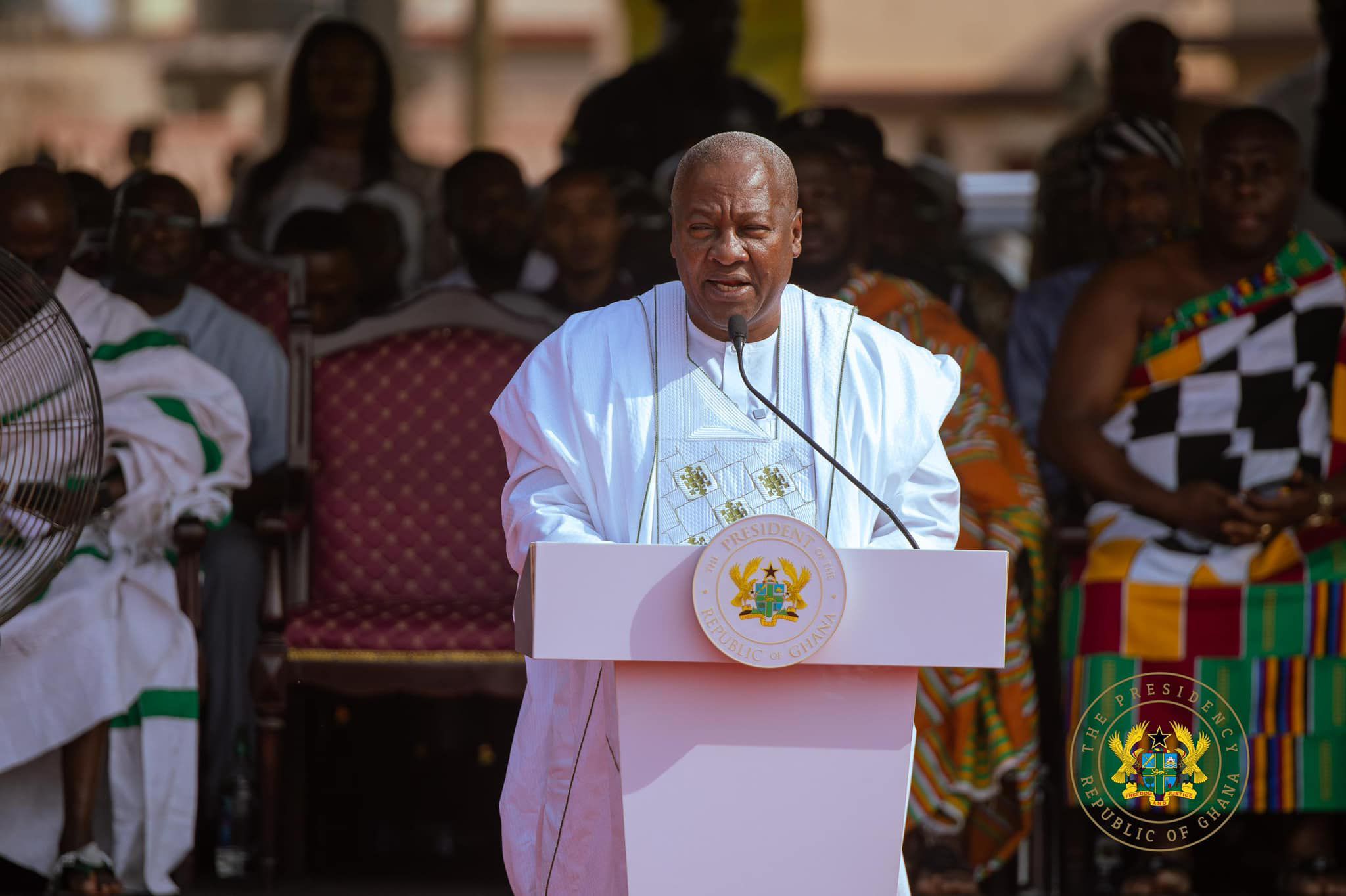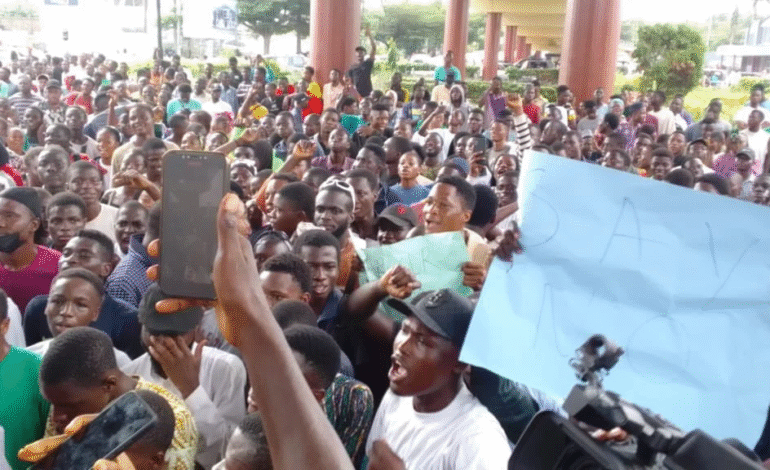US Strikes on Iran Nuclear Sites & International Responses

On June 22, 2025, the United States conducted airstrikes on three key Iranian nuclear facilities: Fordow, Natanz, and Isfahan. President Donald Trump hailed the operation as a spectacular military success, claiming the sites had been “completely and totally obliterated” and issuing a stark choice to Iran: “peace or tragedy.” These strikes marked a significant escalation in the ongoing conflict in the Middle East, particularly following a week of escalating exchanges between Israel and Iran.
Despite President Trump’s emphatic declaration, assessments from other U.S. officials offered a more nuanced picture. Vice President JD Vance conceded that the strikes may have only “substantially delayed” Iran’s ability to develop a nuclear weapon, clarifying that the U.S. was “at war with Iran’s nuclear program,” not Iran itself. Gen. Dan Caine, Chairman of the Joint Chiefs of Staff, detailed “Operation Midnight Hammer,” which involved seven B-2 Spirit bombers deploying 14 GBU-57 massive ordnance penetrators. While acknowledging major damage and destruction, Caine stopped short of confirming complete obliteration, noting that the scale of underground damage was unconfirmed and Iran might retain some nuclear capability. Satellite imagery later showed fresh craters at the Fordow site, suggesting penetrator bomb impact points.
Iran vehemently condemned the U.S. strikes. President Masoud Pezeshkian asserted that the U.S. “must receive a response to their aggression,” viewing the attacks as a “clear symbol of insincerity” regarding dialogue. Foreign Minister Abbas Araghchi declared that the U.S. had “decided to destroy diplomacy,” reserving Iran’s right to self-defense and stating that the Iranian military would determine the “timing, nature and scale of Iran’s proportionate response.” Iranian sources, quick to deny devastation, claimed that most of the highly enriched uranium at Fordow had been moved prior to the attack, a claim that could not be immediately corroborated. The Iranian parliament also approved a measure allowing the country’s leadership to close the Strait of Hormuz, a critical global oil shipping route, a move international analysts warned would be “massively escalatory” and potentially detrimental to regional allies.
Internally, Iranian citizens expressed a mix of fear, anger, and defiance. Some conveyed profound sorrow and rage, viewing the war as a conflict driven by the ideologies of three leaders: Trump, Israeli Prime Minister Benjamin Netanyahu, and Iran’s Supreme Leader Ali Khamenei. Others voiced defiance, pledging to stand by their country, while some hoped for de-escalation, believing a direct response to the U.S. would be “complete suicide.” There was also criticism regarding the cost of Iran’s nuclear ambitions, with some lamenting that facilities like Fordow and Natanz had “cut the nation’s throats for years” in terms of budget and resources.
The international community largely called for restraint and a return to diplomatic solutions. The United Kingdom, along with its E3 partners (France and Germany), urged de-escalation and emphasized preventing Iran from acquiring a nuclear weapon, though they did not participate in the U.S. or Israeli strikes. Russia and China, at an emergency UN Security Council meeting, condemned the U.S. actions as a “clear and flagrant breach of international law” and the UN Charter. Russia’s UN Ambassador Vassily Nebenzia warned that the U.S. had “opened a Pandora’s box,” while China’s Ambassador Fu Cong called for an immediate ceasefire and dialogue, stating that “peace in the Middle East cannot be achieved by the use of force.” UN Secretary-General Antonio Guterres also stressed the urgency of halting fighting to avoid a “rathole of retaliation.”
The strikes had immediate repercussions on global markets. Oil prices surged, with Brent crude futures poised to cross $80 a barrel, reflecting concerns about supply disruptions, especially if the Strait of Hormuz were affected. Global stocks slipped, and the U.S. dollar firmed as investors sought safe haven, while other currencies like the euro, Australian dollar, sterling, and New Zealand dollar weakened. Indian markets were particularly vulnerable to a downturn due to their high reliance on imported crude and LNG, with analysts warning of sharply negative impacts if tensions escalated further.
Domestically in the U.S., the strikes drew varied reactions. Sen. Bernie Sanders learned of the strikes during a “Fighting Oligarchy” rally, expressing concern. Former National Security Adviser John Bolton applauded Trump’s decision, calling it “clearly the right thing to do.” Conversely, top Democrats were not informed until after the strikes, leading Sen. Adam Schiff to warn of risks for the U.S. Rep. Thomas Massie, a conservative libertarian and vocal critic of foreign intervention, accused Trump of being “misled” by neoconservatives and dragging the U.S. into another war. Massie, along with Rep. Ro Khanna and Sen. Tim Kaine, introduced resolutions to prevent unauthorized hostilities. President Trump, in turn, publicly criticized Massie, labeling him a “grandstander” and a “pathetic LOSER,” threatening to campaign against him in a primary.
The U.S. strikes came against a backdrop of escalating hostilities that began with Israeli attacks on Iranian military and nuclear facilities on June 13, leading to significant casualties in Iran and retaliatory missile strikes on Israel. The long-term implications remain uncertain, with the U.S. disclaiming a policy of regime change while Trump himself later floated the idea. The world watches anxiously to see how Iran will respond, and whether diplomatic efforts can avert a more protracted and devastating conflict in the region.








:max_bytes(150000):strip_icc()/GettyImages-2217858319-e3dd36094ffa400dbee9b99e46257e39.jpg)
:max_bytes(150000):strip_icc()/INV_Powell_0724_GettyImages-2164066612-ed2f559b9a134d348820363c401b9050.jpg)


